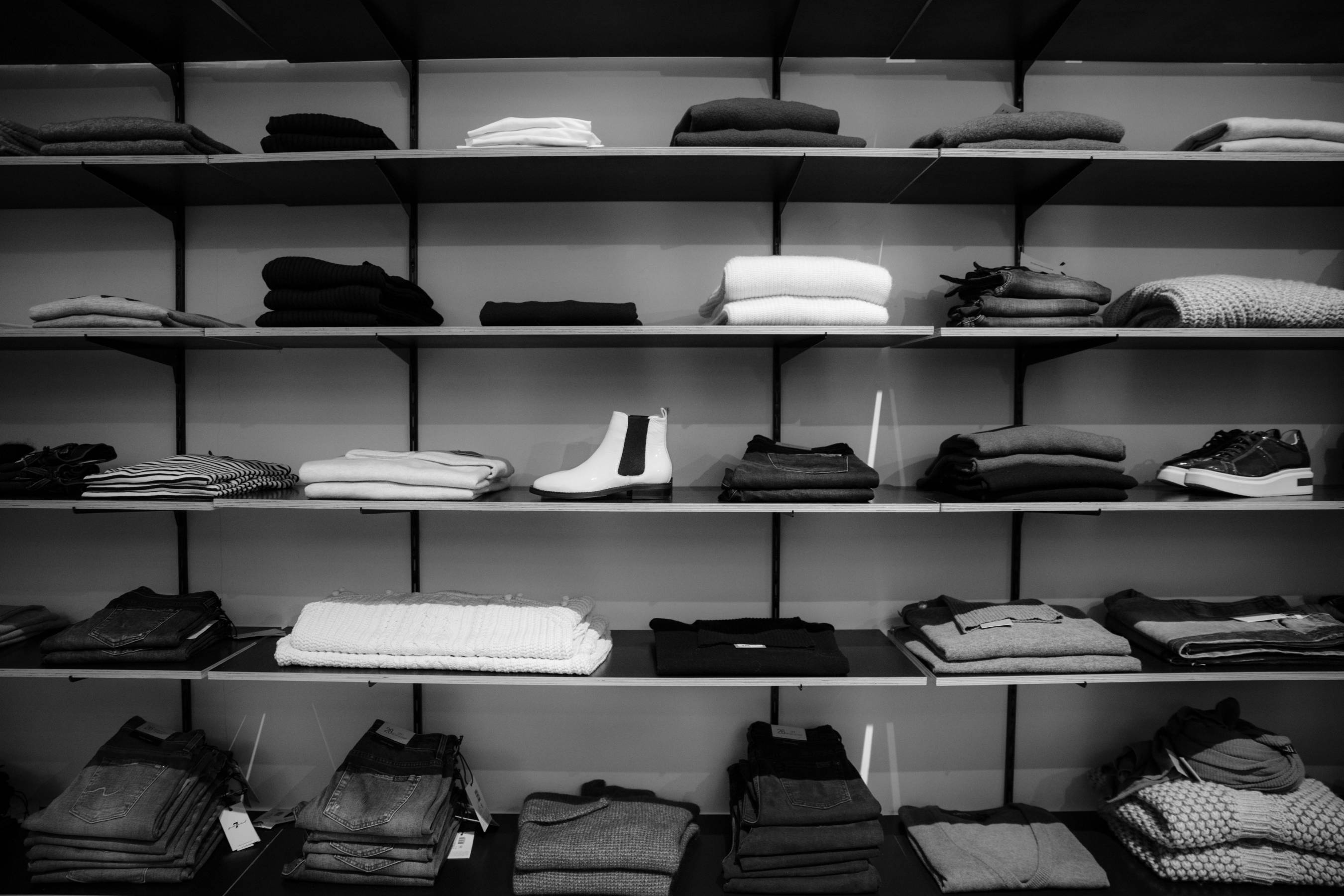
Trademarks are essential for safeguarding an organization's intellectual property. Selecting the appropriate industry and trademark classification is a crucial step in this process, as the choice of class can significantly impact the efficacy and success of your brand. This article will discuss Trademark Class 25's importance. We will explore its categories, compare it to other classes, and review the trademark registration process.
Introduction of Trademark Class 25
Trademark Class 25 is a category in the Nice Classification. It is a global system for classifying goods and services. The World Intellectual Property Organization (WIPO) manages this system. Intellectual property offices worldwide, including the USPTO, follow it. The Nice Classification aims to provide a clear, uniform system for registering trademarks. It also seeks to improve administration and promote international cooperation.
What Falls Under Trademark Class 25?
Trademark Class 25 encompasses clothing, footwear, and headgear. Items in Class 25 may range from everyday clothing essentials, outerwear, and nightwear to athletic wear, swimwear, and professional or occupational clothing. Accessories such as belts, ties, and pocket squares, as well as footwear like cleats, heels, hoods, and ballet slippers, also fall under this trademark class.
Furthermore, Class 25 includes protective clothing and accessories, such as helmets, protective gloves, and safety footwear. While Class 25 covers headgear products like hats, helmets, and headbands, it's important to note that glasses and sunglasses fall under a different class.
Businesses categorized under class 25 include Nike, Adidas, and Puma.

Here is the breakdown of what falls under trademark Class 25:
1. Clothing
This trademark class covers a wide range of clothing items, including:
Underwear
Examples of underwear include bras, briefs, panties, boxer shorts, thongs, camisoles, slips, shapewear, garters, and hosiery.
Sportswear
Examples of sportswear include tracksuits, sweatpants, shorts, leggings, and sports bras. They also include team uniforms, rash guards, and wetsuits.

2. Footwear
Trademark Class 25 covers a range of footwear for various uses and markets. Some of the primary types of footwear included in this category are outlined below.
Athletic Shoes
Athletic shoes are specifically designed for sports and physical activities. These sports shoes are created to provide the necessary support, comfort, and stability suitable for various sports, such as running, basketball, tennis, and soccer.
Boots
Boots are footwear pieces that extend beyond the ankle, providing additional protection and support. They come in various styles and materials, such as ankle boots, ski boots, hiking boots, football boots, dress boots, and riding boots. Boots also include specialized footwear like rain boots, snow boots, and safety boots.
Sandals
Sandals are open footwear characterized by straps or bands that secure the sole to the foot. They offer a lightweight and breathable option for warm climates and summer seasons. Sandals are available in various styles, including slides, flip-flops, gladiator sandals, and wedge sandals, catering to different tastes and occasions.
Sleepers
Slippers are comfortable, lightweight footwear designed for indoor use. They typically feature soft, cushioned soles and easy-to-wear designs that enable users to quickly slip their feet in and out. Slippers come in various materials, including fabric, fleece, and leather.
3. Headgear
There are numerous types of headgear encompassed within Trademark Class 25. Some of these include:
Hats
This general category includes various types of hats, such as sunhats, baseball caps, winter hats, and cowboy hats.
Caps
Caps are a subcategory of hats, and they usually have a brim at the front and are made from soft materials. They include baseball caps, flat caps, knit caps, and many more.
Headbands
Headbands are a type of accessory worn around the head to hold the hair in place, provide warmth, or wick away sweat during physical activities. They can be made from various materials such as plastic, fabric, or metal, and can have different styles, shapes, and colors.
Helmets
Helmets are protective headgear worn in various activities like riding motorcycles, playing sports, or working in hazardous environments. Different types of helmets include motorcycle helmets, football helmets, construction helmets, and bicycle helmets.
What Isn’t Included in Trademark Class 25
According to WIPO, Trademark Class 25 doesn’t Include:
small items of hardware used in shoemaking, for example, shoe pegs and shoe dowels of metal and not of metal, as well as haberdashery accessories and fastenings for clothing, footwear, and headwear, for example, clasps, buckles, zippers, ribbons, hat bands, hat and shoe trimmings;
certain clothing, footwear, and headwear for special use, for example, protective helmets, including for sports, clothing for protection against fire, clothing especially for operating rooms, orthopedic footwear, as well as clothing and footwear that are essential for the practice of certain sports, for example, baseball gloves, boxing gloves, ice skates, skating boots with skates attached
electrically heated clothing;
electrically heated footmuffs;
fitted footmuffs for pushchairs and prams;
bibs of paper;
handkerchiefs of paper and textile;
clothing for animals;
carnival masks;
dolls' clothes;
paper party hats.
Comparison with Other Trademark Classes
UPSTO has 45 different trademark classes. Products related to clothing, footwear, and headgear are specifically categorized under Class 25. It's crucial to understand how this class differs from other adjacent classes to select the correct category for your goods or services. For example, Class 24 pertains to textile goods, such as fabrics, blankets, and table linens, and it is important to distinguish that it does not cover clothing. Class 18 deals with leather goods, such as belts or wallets, but does not extend to clothing or footwear. Class 26 includes accessories like buttons, hooks, and ribbons, but these items do not fall under Class 25. Furthermore, some services related to the clothing industry, such as retail or custom tailoring, are categorized under service classes rather than Class 25.
Registration Process of Class 25 Trademark
Trademark registration is crucial for protecting intellectual property and establishing brand identity. It provides legal rights to the exclusive use of a distinctive mark, preventing others from using or copying it without permission.

Conducting a Trademark Search Process
The trademark search ensures the uniqueness and availability of a mark before proceeding with trademark registration. You can search on the official website of the United States Planet and Trademark Office (USPTO).
Filling the Application
Prepare the application: Complete the trademark application form, which requires details like the mark, the goods/services, and the applicant’s information.
Apply: File the application with the relevant trademark office, such as the USPTO.
Pay fees: The filing fee varies depending on the jurisdiction and number of classes or goods included in the application.
Examination and Approval
The trademark office will review the application to ensure it meets the legal requirements. If the application is approved, the mark is published for opposition. If no oppositions are filed or if they are resolved, the trademark is registered and you will receive a registration certificate.
Maintaining the Trademark
Use the Mark: Regularly use the trademark; trademark rights can be lost if the mark isn’t used.
Renewal: Trademarks require renewals every 10 years. Submit renewal applications and pay the associated fees.
Monitor and Enforce: Actively monitor the marketplace; take action if necessary to prevent unauthorized use of your trademark.
Each jurisdiction may have special requirements and procedures; it’s important to seek legal advice for detailed guidance tailored to your situation.
You Can Contact Trademark Factory for Expert Support
To Sum It Up
Trademark Class 25 is essential for protecting brands in the clothing, footwear, and headgear sectors. This class includes everyday clothing, outerwear, underwear, sportswear, various types of footwear, and headgear, but excludes specific protective and specialized items. Understanding the differences between Class 25 and other trademark classes is crucial for correct registration. The registration process involves conducting a trademark search, filling out the application, and maintaining the trademark. Businesses navigate this process to secure their intellectual property and build brands.
For more detailed guidance on trademark registration, visit our homepage.

